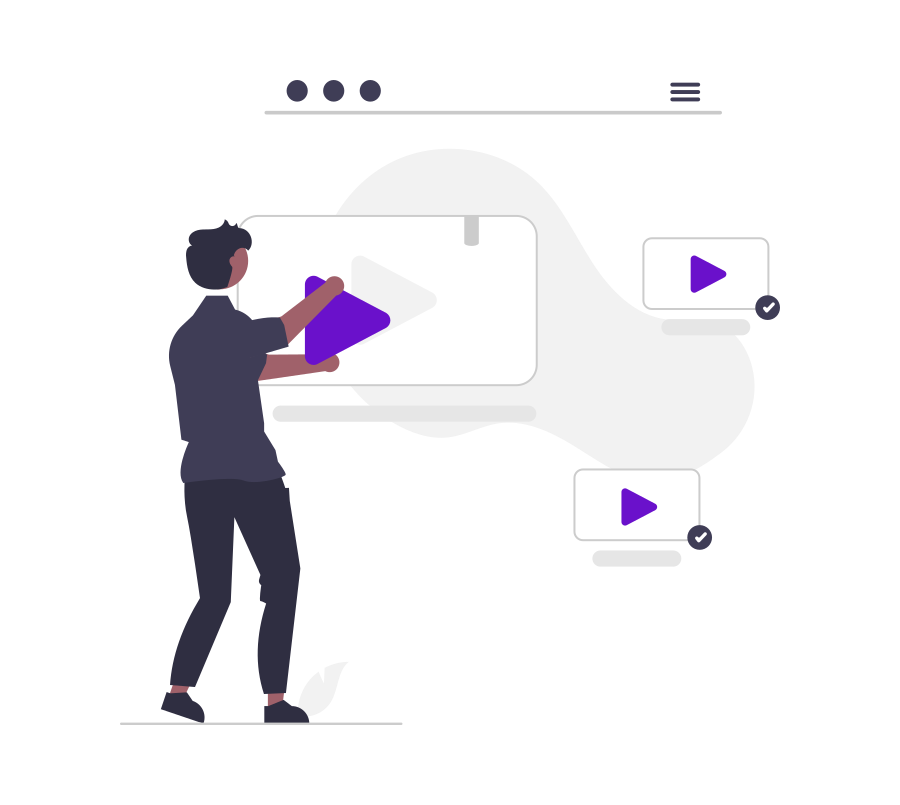In the competitive world of SaaS, achieving a high return on investment (ROI) from marketing efforts is crucial. One of the most effective ways to enhance ROI is by integrating Account-Based Marketing (ABM) with webinar strategies. This fusion allows SaaS companies to create highly personalized and impactful engagements with their target accounts. In this article, we'll explore how ABM-driven webinars can maximize ROI and provide actionable steps to implement this strategy effectively.
Understanding ABM-Driven Webinars
Webinars are powerful tools for educating, engaging, and converting potential customers. When combined with ABM, webinars become even more effective. ABM-driven webinars focus on delivering tailored content to a select group of high-value accounts, ensuring that the message resonates deeply and drives desired actions.
The Advantages of ABM-Driven Webinars
-
Personalization at Scale: ABM allows for the customization of webinar content to address the specific pain points and needs of targeted accounts. This personalization enhances engagement and makes the content more relevant and impactful.
-
Enhanced Engagement: Webinars provide a platform for real-time interaction, allowing potential customers to ask questions and receive immediate answers. This interactive element fosters deeper connections and trust.
-
Efficient Lead Nurturing: Webinars serve as an effective lead nurturing tool. By delivering valuable content and demonstrating thought leadership, SaaS companies can move prospects further down the sales funnel.
-
Measurable Outcomes: The success of ABM-driven webinars can be easily measured through metrics such as attendance rates, engagement levels, and conversion rates. This data-driven approach helps in optimizing future webinars.
Steps to Implement ABM-Driven Webinars
1. Identify Target Accounts
Start by identifying high-value accounts that align with your business goals. Use data from your CRM and analytics tools to segment and prioritize these accounts. Understanding their needs and challenges is crucial for creating relevant webinar content.
2. Develop Tailored Content
Create webinar content that speaks directly to the needs and pain points of your target accounts. This could include industry-specific insights, case studies, and solutions tailored to their unique challenges. Ensure that the content is valuable and actionable.
3. Personalize Invitations
Send personalized invitations to your target accounts. Highlight the specific benefits and takeaways that the webinar will offer them. Use personalized email campaigns and LinkedIn messages to make the invitations more compelling.
4. Leverage Multi-Channel Promotion
Promote your webinar across multiple channels to maximize reach and engagement. Use email marketing, social media, and direct mail to reach your target accounts. Ensure that your promotional messages are consistent and aligned with the needs of your audience.
5. Engage During the Webinar
During the webinar, actively engage with attendees through interactive elements such as Q&A sessions, polls, and live chats. Encourage participation and address questions in real-time to create a more engaging experience.
6. Follow-Up with Personalized Content
After the webinar, follow up with personalized content based on the interests and engagement of the attendees. This could include additional resources, personalized thank-you emails, and invitations to future events. The goal is to maintain engagement and nurture leads further.
Maximizing ROI: Best Practices
-
Segment Your Audience: Not all accounts are the same. Segment your target accounts based on factors such as industry, company size, and specific needs. This allows for more precise targeting and personalization.
-
Use Data Analytics: Leverage data analytics to measure the success of your webinars. Track metrics such as registration rates, attendance rates, engagement levels, and conversion rates. Use this data to refine your strategy and improve future webinars.
-
Optimize Timing: Choose the optimal time to host your webinars based on the preferences of your target accounts. Consider time zones, work schedules, and other factors that may influence attendance.
-
Incorporate Feedback: Gather feedback from webinar attendees to understand what worked well and what can be improved. Use this feedback to enhance the quality and relevance of your future webinars.
Conclusion
ABM-driven webinar strategies offer a powerful way for SaaS companies to maximize ROI by delivering highly personalized and engaging content to target accounts. By focusing on the specific needs and challenges of high-value accounts, SaaS companies can create meaningful interactions that drive conversions and foster long-term relationships. Implementing these strategies effectively requires careful planning, execution, and continuous optimization based on data and feedback.


